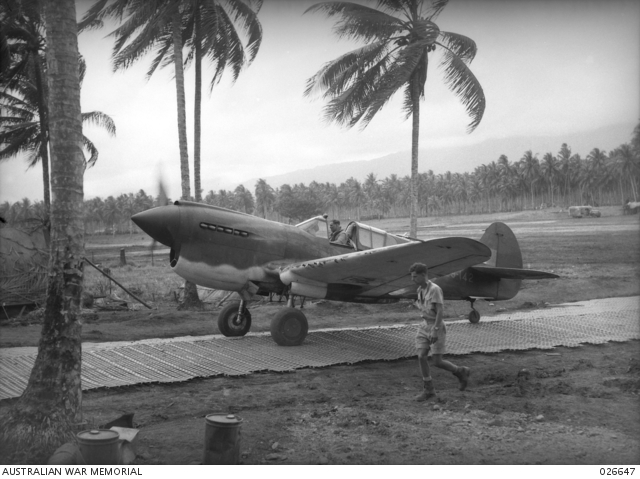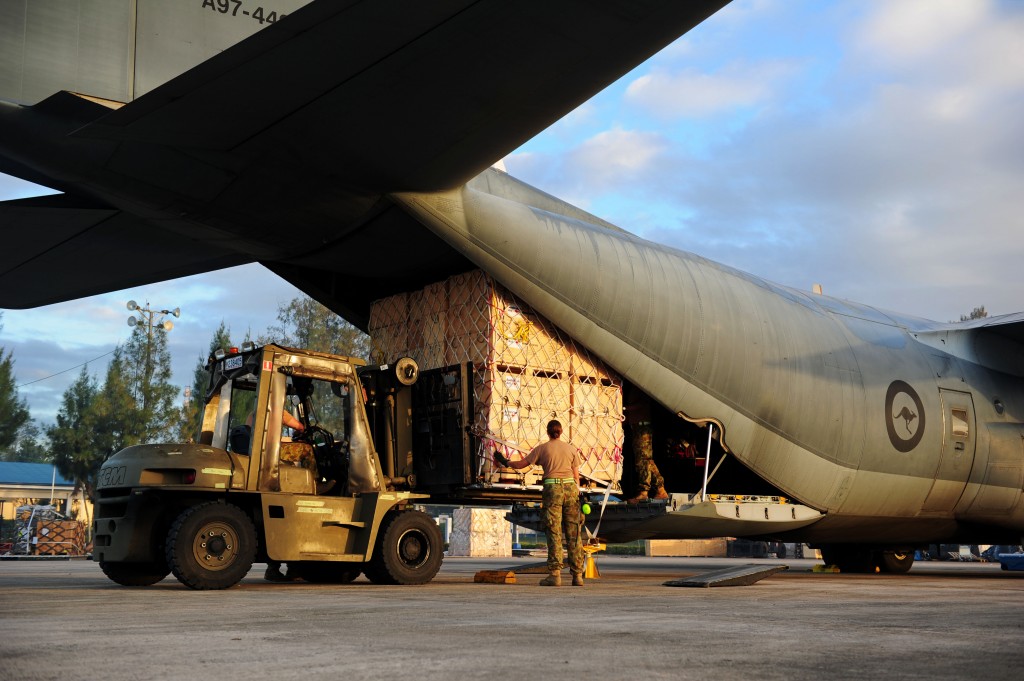Allies, airpower and history
In discussions about the future of ANZUS last week, I introduced a discussion of Australia–US cooperation in air combat and strike. Because of recent force structuring decisions, I think Australia’s well set up to make substantial contributions to coalition air-power operations in the future, but it’s worth thinking through how we might best do that.
History provides some valuable lessons. Australia’s first air operations with the United States were during WWII’s Pacific campaign. Australia started the war with equipment that wasn’t up to speed, and relied heavily on imports from the US and UK. Both of those nations had their own priorities and it took the RAAF some time to catch up. Read more



